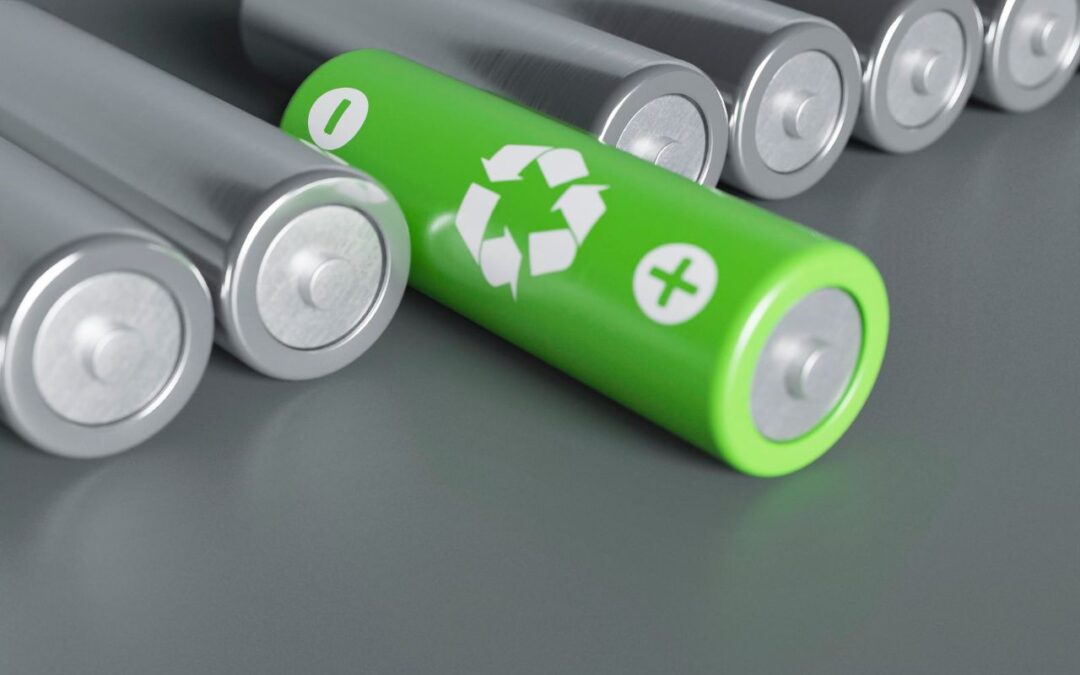Every angler’s nightmare unfolds when your trolling motor sputters to a halt in the middle of landing the perfect catch. Traditional lead-acid batteries, while commonplace, have long been the Achilles’ heel of reliable fishing experiences – weighing down boats and cutting adventures short with their limited runtime. But there’s a game-changing solution revolutionizing the marine industry: 12V lithium batteries.
These advanced power sources are transforming how anglers approach their time on the water, offering unprecedented weight reduction that improves boat handling, extended runtime that keeps you fishing longer, and versatile system compatibility that future-proofs your investment.
Whether you’re a weekend warrior or a tournament professional, upgrading to lithium power technology isn’t just an improvement – it’s a complete reimagining of what’s possible for your trolling motor system.
Why Traditional Batteries Fail Trolling Motor Needs
Traditional lead-acid batteries have long been the default choice for trolling motors, but their limitations consistently undermine fishing success. The excessive weight of these batteries – often 60-70 pounds each – creates significant drag, reducing boat speed and maneuverability while increasing fuel consumption.
Their limited deep cycle capabilities mean you’re effectively working with only 50% of the rated capacity to avoid permanent battery damage, forcing anglers to carry multiple batteries or cut trips short.

Voltage performance presents another critical issue, as lead-acid batteries experience noticeable power drop during extended use, causing trolling motors to lose thrust when you need it most. This voltage sag is particularly problematic during extended trolling sessions or when fighting against strong currents.
The financial burden compounds through frequent replacement cycles, typically every 2-3 years, alongside regular maintenance requirements including water level checks, terminal cleaning, and specific charging protocols. These maintenance demands not only consume valuable time but also risk battery damage if neglected, creating a continuous cycle of cost and inconvenience that impacts both casual and professional anglers.

12V Lithium Battery Advantages Explained
Core LiFePO4 Technology Benefits
Lithium Iron Phosphate (LiFePO4) technology represents a quantum leap in marine battery performance. The chemistry’s inherent stability eliminates the risk of thermal runaway, making it exceptionally safe for marine environments.
Unlike traditional batteries, LiFePO4 cells maintain steady voltage output throughout the discharge cycle, ensuring your trolling motor delivers consistent thrust from start to finish. Leading manufacturers like Anern have pioneered advanced BMS systems that maximize this technology’s potential, delivering reliable performance across extreme temperature ranges, from scorching summer days to chilly morning starts.
Weight-to-Power Ratio Revolution
The most immediate impact of switching to lithium technology is the dramatic weight reduction. A 100Ah LiFePO4 battery typically weighs just 30 pounds compared to a 100-pound lead-acid equivalent – a 70% reduction that transforms boat handling dynamics. This weight savings translates to improved acceleration, reduced fuel consumption, and better overall vessel performance.
The compact form factor also enables flexible installation options, allowing batteries to be mounted in previously unusable spaces or distributed strategically to optimize weight balance. This revolutionary weight-to-power ratio doesn’t just lighten your load; it fundamentally enhances your entire boating experience.
LiFePO4 vs Lead-Acid: Critical Performance Comparison
Runtime and Depth of Discharge
LiFePO4 batteries fundamentally transform trolling motor capabilities through their superior depth of discharge characteristics. While lead-acid batteries require limiting discharge to 50% to prevent damage, lithium batteries safely deliver over 80% of their rated capacity.
This translates to nearly double the usable runtime – a 100Ah lithium battery provides about 80Ah of actual power compared to just 50Ah from a lead-acid equivalent. During real-world testing, anglers using lithium batteries report 8-10 hours of continuous trolling compared to 4-5 hours with traditional batteries.
Longevity and Cost Analysis
The durability gap between these technologies is equally striking. LiFePO4 batteries reliably deliver 2000-3000 charge cycles while maintaining 80% capacity, versus 300-500 cycles for lead-acid. Though lithium batteries carry a higher upfront cost, the five-year projection reveals significant savings.
A quality lead-acid battery requiring replacement every 2-3 years accumulates to $900-1200 in costs, while a single $1000 lithium battery continues performing throughout this period and beyond, delivering superior value.
Environmental and Maintenance Factors
The environmental advantages of lithium technology extend beyond longevity. LiFePO4 batteries eliminate toxic lead content and sulfuric acid, making them safer for marine ecosystems. Their sealed construction requires zero maintenance – no water additions, terminal cleaning, or specific storage positions needed.
Most manufacturers offer recycling programs, ensuring responsible end-of-life disposal. This maintenance-free operation not only protects the environment but also saves countless hours of upkeep time that can be better spent on the water.
Building 24V/48V Systems with 12V Lithium Batteries
Series Wiring Fundamentals
Creating higher voltage systems for more powerful trolling motors requires understanding series connection principles. When connecting 12V lithium batteries in series, voltage adds while capacity remains constant.
This configuration demands heavy-duty marine-grade cables rated for the total system amperage, with cable thickness typically ranging from 2/0 to 4/0 AWG to minimize voltage drop. Proper terminal connections using marine-grade hardware and protective heat shrink ensure reliable power transfer in harsh conditions.
Balancing and Protection Systems
Each lithium battery’s built-in Battery Management System (BMS) works cooperatively in series configurations to maintain cell balance and protect the system. These sophisticated controllers monitor individual cell voltages, preventing dangerous imbalances that could damage batteries. The BMS network automatically disconnects power if voltage, current, or temperature exceeds safe limits, providing comprehensive protection for your investment.
Real-World Trolling Motor Configuration
For 24V systems, two 12V lithium batteries connected positive-to-negative create the perfect setup for mid-range trolling motors. Scaling to 48V requires four 12V batteries in series, ideal for tournament-grade thrust systems.
When building these configurations, batteries must share identical capacity ratings and manufacturing dates to ensure optimal performance. Position batteries close together to minimize cable length while maintaining adequate ventilation space. This arrangement delivers maximum system efficiency while preserving the individual protection features of each battery’s BMS.
Step-by-Step Lead-Acid to Lithium Conversion
Preparation and Safety Protocol
Before beginning the conversion, verify your charger’s compatibility with lithium batteries – most modern units offer a lithium setting, but older models may need replacement. Gather essential tools including insulated wrenches, marine-grade cable crimpers, heat shrink tubing, and protective gloves.
Document existing connections with photos and measure cable lengths to ensure proper replacements. Ensure your work area is well-ventilated and keep a fire extinguisher rated for electrical fires nearby.
Installation Procedure
Start by disconnecting the existing battery system, beginning with the negative terminal. Clean mounting surfaces thoroughly and install marine-grade battery hold-downs that match your lithium battery dimensions. When connecting terminals, use high-quality tinned copper lugs with proper crimping techniques.
Apply protective dielectric grease to all connections and secure with marine-grade lock washers. Route cables away from sharp edges and potential chafe points, using proper support every 18 inches.
Post-Installation Optimization
Complete the initial charging cycle using a compatible charger set to lithium mode, allowing the battery to reach 100% charge. Verify voltage readings at terminals match specifications and monitor the system during the first few hours of operation.
Install a battery monitor if not included to track performance metrics and optimize usage patterns. Document installation date and details for warranty purposes, and schedule regular visual inspections of connections and mounting hardware.
Transform Your Marine Power with Advanced Battery Technology
The transition from lead-acid to lithium batteries represents a defining upgrade for any serious angler. The dramatic 70% weight reduction transforms boat handling and fuel efficiency, while the ability to access over 80% of battery capacity doubles your time on the water.
With 2000+ cycle lifespans, integrated smart protection systems, and zero maintenance requirements, LiFePO4 technology delivers unmatched reliability when you need it most. Though the initial investment may seem substantial, the elimination of replacement costs and maintenance expenses proves financially advantageous within the first few years.
Whether you’re building a new system or upgrading existing equipment, lithium battery technology offers the perfect combination of performance, longevity, and value. Don’t let another fishing season pass with outdated power technology – upgrade your trolling motor system now and experience the future of marine power.






